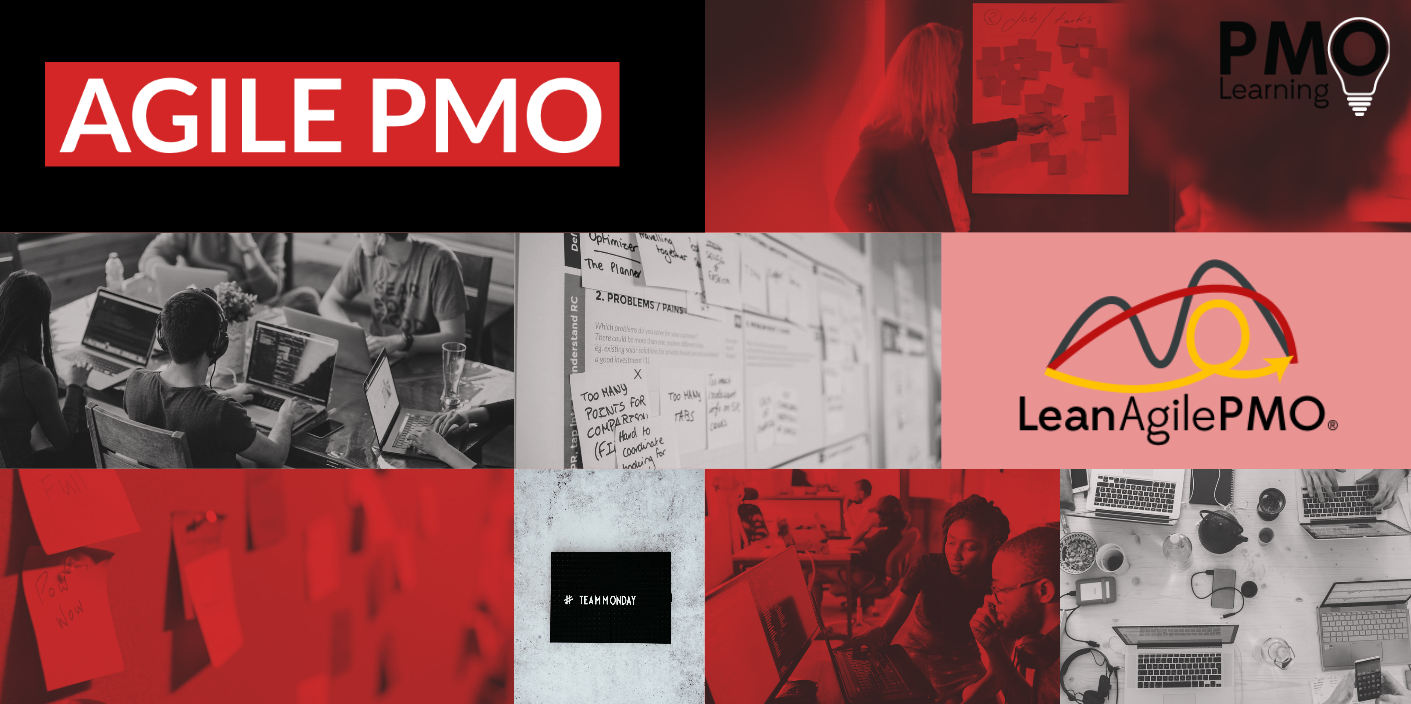
If you’re working in a PMO today, you’ll know that one of the hot topics right now is Agile. That’s how the PMO can support Agile delivery in the organisation; how the PMO can support overall business agility and it can also mean, how can the PMO adopt some of the Agile mindset for itself in the way it provides a service to the organisation?
Anything that links the words Agile and PMO has certainly been popular with the PMO Flashmob events over the last few years or so. More recently, PMO practitioners have been trying to understand what it is exactly they need to be thinking about and more importantly doing and opting for our Lean-Agile PMO two-day course.
In The Agile PMO report from PMO Flashmob, which focused on the PMO Managers who have actually been getting to grips with their PMOs supporting Agile delivery – it uncovered key areas that the PMO can add the most value to Agile delivery. These eight areas were highlighted by the PMO Managers as the core areas that they themselves had focused on and if others were also starting out on this journey, perhaps they should take a look at these too.
The Agile PMO
We’ll take a look at these in turn:
1. Reporting
Reporting, of course, is one of the main functions that the PMO provides and it still remains the case when the PMO is supporting Agile delivery.
There are a few things that the PMO needs to get to grips with here – the type of reporting, frequency, the metrics and the ability to provide all the reports required – be that waterfall, Agile or any other kind of delivery.
The PMO has to work with the Agile delivery teams to be able to report on items such as the minimum viable product or the velocity of progress.
The PMO is also ideally placed to report on how Agile is working for the organisation as a delivery method – is it faster with fewer problems?
2. Business Case
What became apparent very quickly is supporting and working with Agile as a delivery approach does require a lot of discipline. The most crucial part of the process is starting with a great business case. But creating great business cases has been a notoriously difficult stage for anyone working in project delivery. Just because it’s Agile, it doesn’t mean it’s going to be any easier than waterfall delivery approaches.
The PMO has a role to play in supporting the organisation in getting better at pulling together rock-solid business cases which of course features our next area.
 3. Benefits Realisation
3. Benefits Realisation
Another area that those working in project delivery today find it difficult to do well – benefits management and benefits realisation. Agile is big on benefits and value – but how well are we managing the process that allows the business to know that benefits and value are being delivered?
The PMO will become more familiar with the Agile ceremonies and artefacts that point to benefits being delivered. The PMO, in turn, will have to get to grips with how benefits are measured and how they report that. There is also an education role for the sponsors too – they’re accountable for the benefits being delivered so what support do they need?
4. Value
With Agile it’s all about “delivering business value” or delivering benefits. The terms are used interchangeably and for the PMO there are other terms cropping up that they need to understand and contextualise such as value assurance and value stream maps.
For the PMO Managers the “delivering business value” also makes them think about their own PMO – does it deliver business value? If so, how is this measured – what are the metrics and how do we know benefits are realised?
5. Coaching
Agile has its coaches and the PMO would do well to work alongside an Agile Coach to increase their own knowledge and understanding as to how the team is working and delivering. What became clear in the report is just how crucial the coaching skills are to the PMO itself.
There has long been a requirement for the people within the PMO team to provide “coaching and mentoring” to Project Managers and the like. Often this translates to mainly mentoring and often PMO practitioners are lacking in the skills that would make them successful coaches.
The Agile conversation has just brought this subject back to the fore and highlighted the lack of coaching skills in most PMOs today. Something for the PMO to consider.#
6. Risk Management
All projects carry some element of risk and an Agile project is no different – and with self-managing teams getting on with delivery, there is certainly a role for independent checking of how risks are being managed. The PMO can be in the audience for the show and tells, making sure the team is on the right track – we also come back to the role of the coach too with the PMO coaching the team to ensure risk management thinking is embedded in what they’re doing on a day-to-day basis.
 7. Finance
7. Finance
There are a couple of areas is to consider; the change in how the forecasts and costs are reported and analysis across hybrid projects.
The finance department is used to their forecasted costs and revenues data in nice tidy spreadsheets produced by the PMO. With Agile projects thrown into the mix – sometimes with different teams reporting in different ways. With Agile projects having a fixed budget, it is the tracking of the budget that impacts how the PMO changes the way it reports on finance.
There is a role for the PMO here in a number of different ways – pulling everything together so there is consistency; working with the finance department to assist in the translation of different reporting formats and bringing together hybrid reporting (both waterfall and Agile delivery reporting)
8. Resourcing
Another area that the PMO has grappled with for a long time and in the report the PMO Managers talked about the impact of Agile delivery teams being self-managed and empowered which was a big cultural change in their organisations. Senior executives and managers have to delegate that authority and trust them to get on and deliver without the need for processes like utilisation tracking.
The PMO Managers also talked about the impact of Agile teams being together for the duration of the project and how this can impact the resource capacity planning. There are only so many people within the delivery organisation so prioritisation becomes even more important when resources are ring-fenced to work on Agile deliveries.
What Next?
The aim of the report was to get PMO practitioners thinking about supporting Agile deliveries in their organisations. By taking a look at the functions and services that most PMOs provide today – regardless of the project delivery method being used – we could explore how those functions and services might change (or stay the same!) specifically related to Agile delivery.
The report goes some way to providing that practical insight in the eight areas listed here.
What the report doesn’t do is explore the other sides of Agile PMO – namely how the PMO can support business agility in organisations or use Agile mindsets and principles and apply those to the PMO itself. The Lean-Agile PMO is a good place to start for those insights and learning.
The report serves as a first step – to start the conversation in the PMO community.
There are no right, definite answers for how the PMO will adapt to support hybrid delivery methods today – and perhaps a myriad of other delivery methods we don’t yet know about tomorrow.
What we do know is that there is always a place in a delivery organisation for someone or something to help manage change effectively. As change becomes increasingly complex and complicated and the maturity and sophistication of delivery approaches are needed to respond to that. Who, other than the PMO, has the remit to assist and support the organisation in combining delivery method approaches; manage the implementation; ensure they are embedded and continuously improved, if not the PMO?
Conclusion
The report concludes with eight points for you to think about in your own PMO’s adaption to include Agile delivery:
- Getting educated in Agile has to be a priority for the PMO
- Reporting, business cases, benefits realisation are all major functions and services in an Agile PMO
- The PMO has a role to play in the early days of Agile adoption as a translator
- Coaching – not mentoring – is a key role for PMO practitioners in supporting Agile delivery
- The PMO will be working in a hybrid delivery organisation – and using tools from both
- ‘Focus on value, deliver value early and often’ a mantra for supporting Agile and being an Agile PMO
- The PMO has a role to play in helping teams to work efficiently as well as helping the organisation shift its mindset to Agile and agility
- The principles of our PMOs will help guide the functions and services we offer, especially in times when new approaches are needed
To take the next steps in your knowledge around Agile PMO, take a look at the PMO Learning course – The Lean-Agile PMO.
To find out more and read the report visit the PMO Flashmob website – join up if you’re interested in getting involved in the ongoing conversation on Agile PMO.
Enjoying Our Blog?
Sign up and receive all our articles (we’ll send you an update once a week!) plus special offers and events:
Comments
Leave your thoughts
You must be logged in to post a comment.






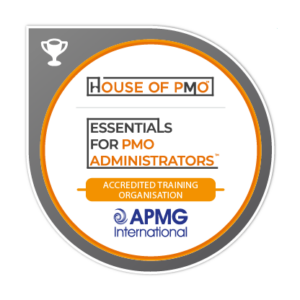
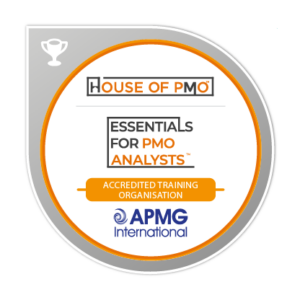
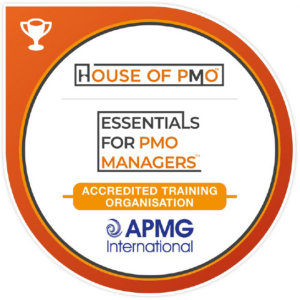
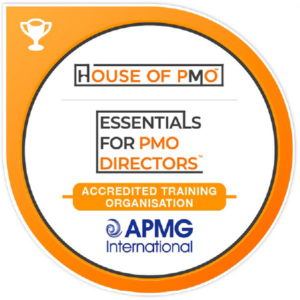


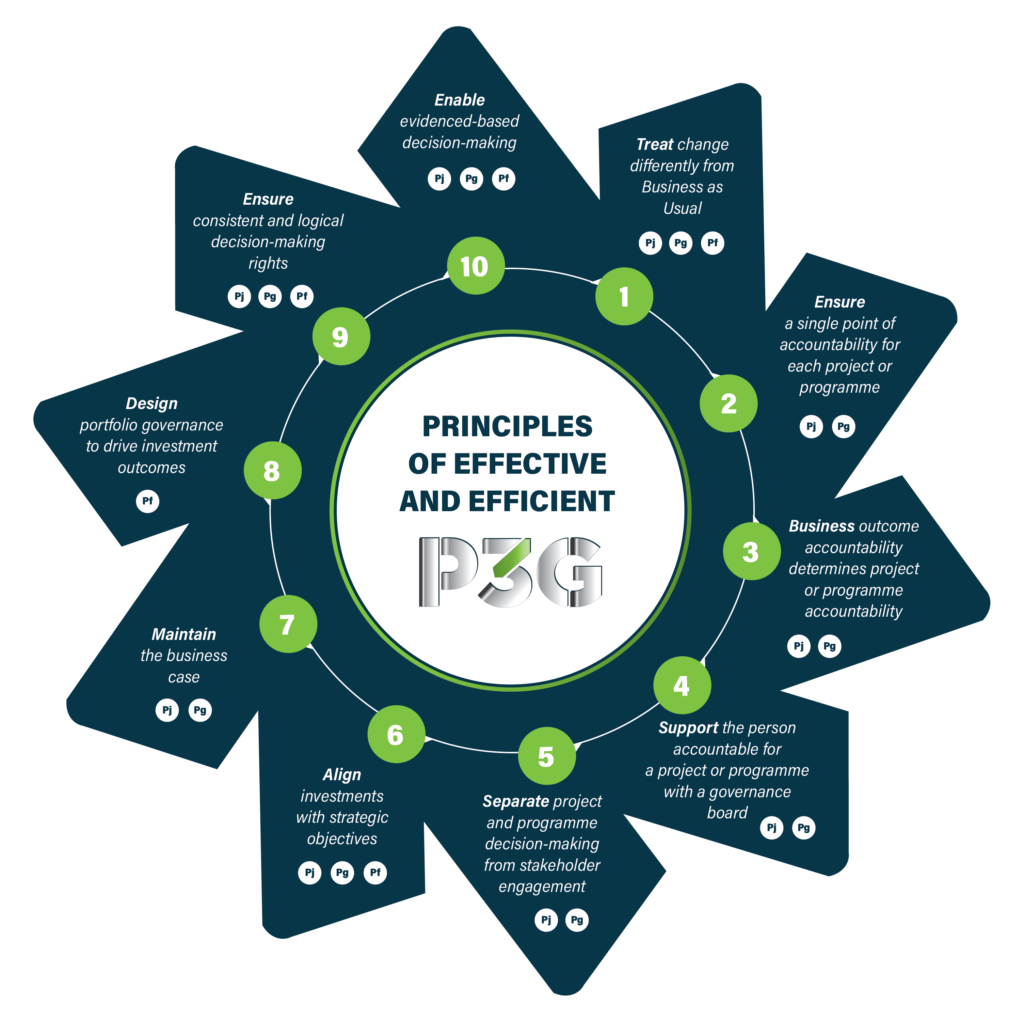
Really useful article. It has given me lots to think on.